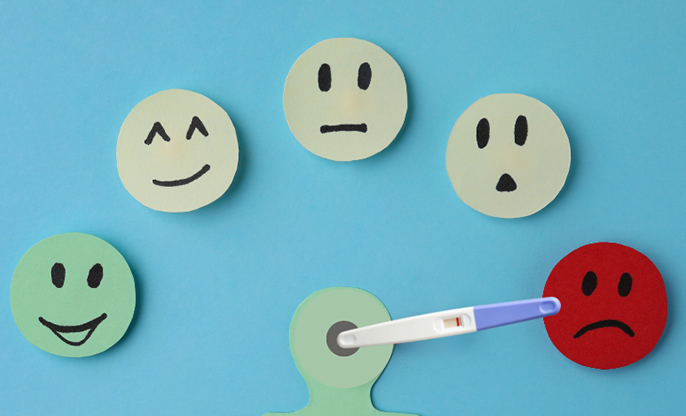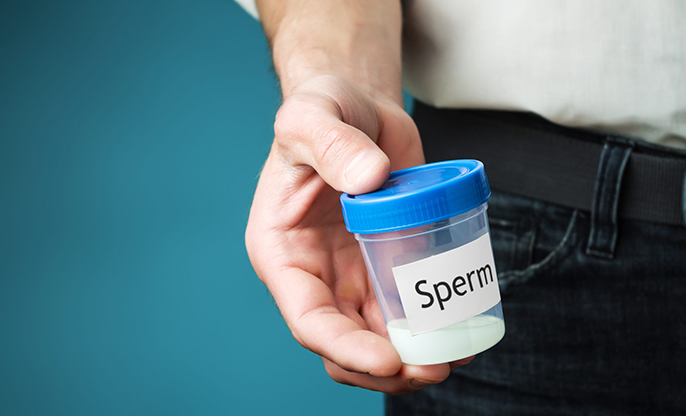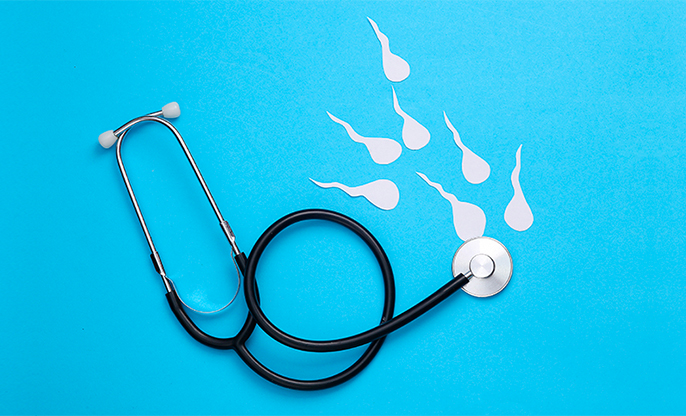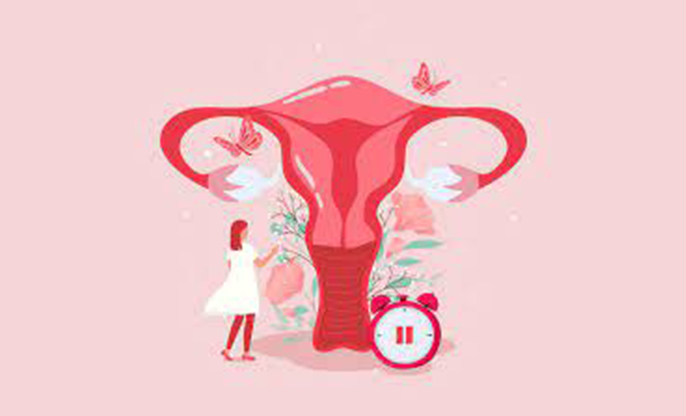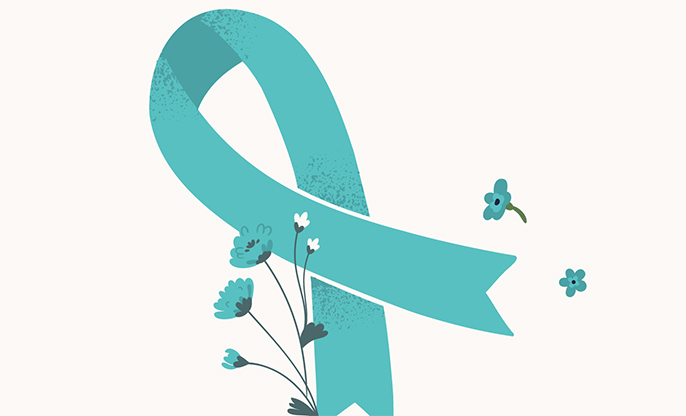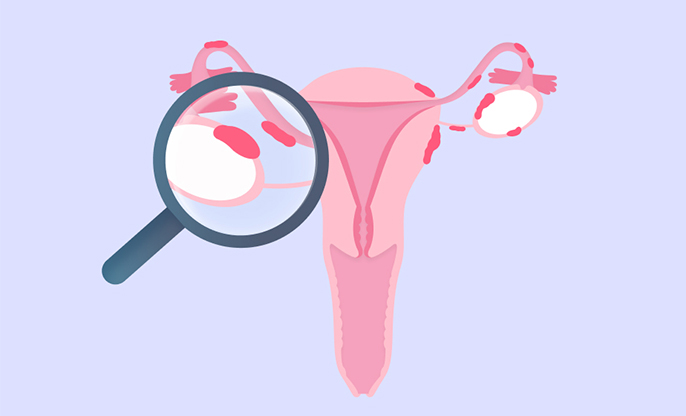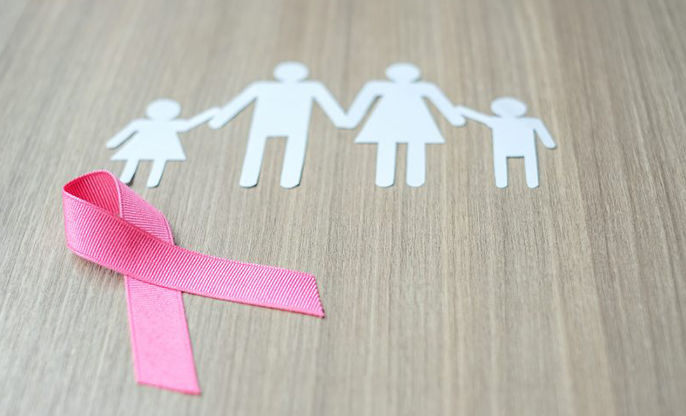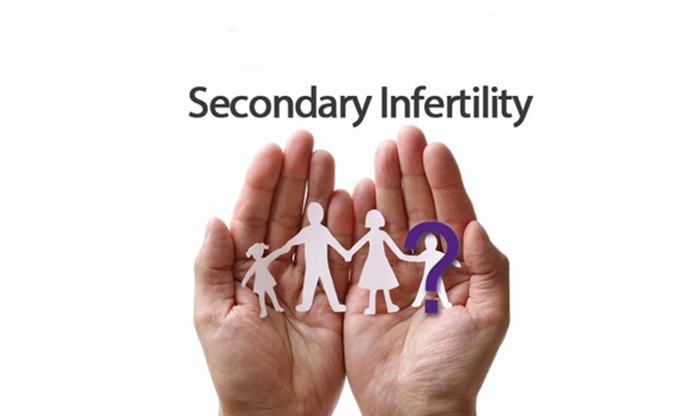
Navigating Endometriosis: Treatment Options and Support
Endometriosis, a condition where tissue resembling the uterine lining grows outside the uterus, can be a source of considerable pain and discomfort. However, there is hope for those who suffer from this condition. In this article, we'll explore the treatment options and support available for managing endometriosis.
Treatment Options
·
Pain Medications: Over-the-counter pain relievers, like ibuprofen, can
help alleviate the pain associated with endometriosis. In more severe cases,
your doctor may prescribe stronger pain medications.
·
Hormone Therapy: Hormonal treatments aim to reduce the hormonal
fluctuations that drive endometrial tissue growth. Common hormonal treatments
include birth control pills, hormonal patches, and hormone-releasing
intrauterine devices (IUDs).
·
Surgery: In cases where conservative treatments are ineffective,
surgery may be necessary. Two common surgical options include laparoscopy and
laparotomy. During laparoscopy, surgeons remove endometrial growths and
adhesions while preserving the uterus and ovaries. Laparotomy is a more
invasive procedure and may involve the removal of affected organs.
·
Gonadotropin-Releasing Hormone (GnRH) Agonists: These medications
temporarily induce a menopausal state, reducing endometrial tissue growth.
However, they are not a long-term solution due to potential side effects.
·
Fertility Preservation: For women who wish to have
children, fertility-preserving surgeries can remove endometrial growths while
preserving the reproductive organs.
Complementary Therapies and Support
·
Pain Management Techniques: Practicing relaxation techniques
like yoga, meditation, and deep breathing can help manage pain and stress
associated with endometriosis.
·
Dietary Changes: Some individuals find relief by adjusting their
diets, such as reducing inflammatory foods and incorporating anti-inflammatory
ones.
·
Physical Therapy: Pelvic floor physical therapy can be beneficial in
managing pelvic pain and improving muscle function.
·
Support Groups: Joining support groups or seeking therapy can
provide emotional support and a sense of community for individuals dealing with
endometriosis.
·
Educational Resources: Understanding your condition is
crucial. Access to reliable information and educational resources can empower
you to make informed decisions about your treatment and lifestyle.
·
Fertility Counselling: For those concerned about fertility,
fertility counselling can provide guidance on preserving fertility options.
· Advocacy: Many organizations and advocacy groups are dedicated to raising awareness about endometriosis and advocating for improved care and research.
Conclusion
Endometriosis
can be challenging to manage, but with the right treatment options and support,
individuals can lead fulfilling lives. It's crucial to consult with healthcare
professionals to develop a personalized treatment plan tailored to your
specific needs and goals. Additionally, seeking emotional support and
connecting with others who understand your journey can make a significant
difference in managing endometriosis and improving your overall well-being.
Remember, you are not alone, and there is help available to navigate the
challenges of this condition.



